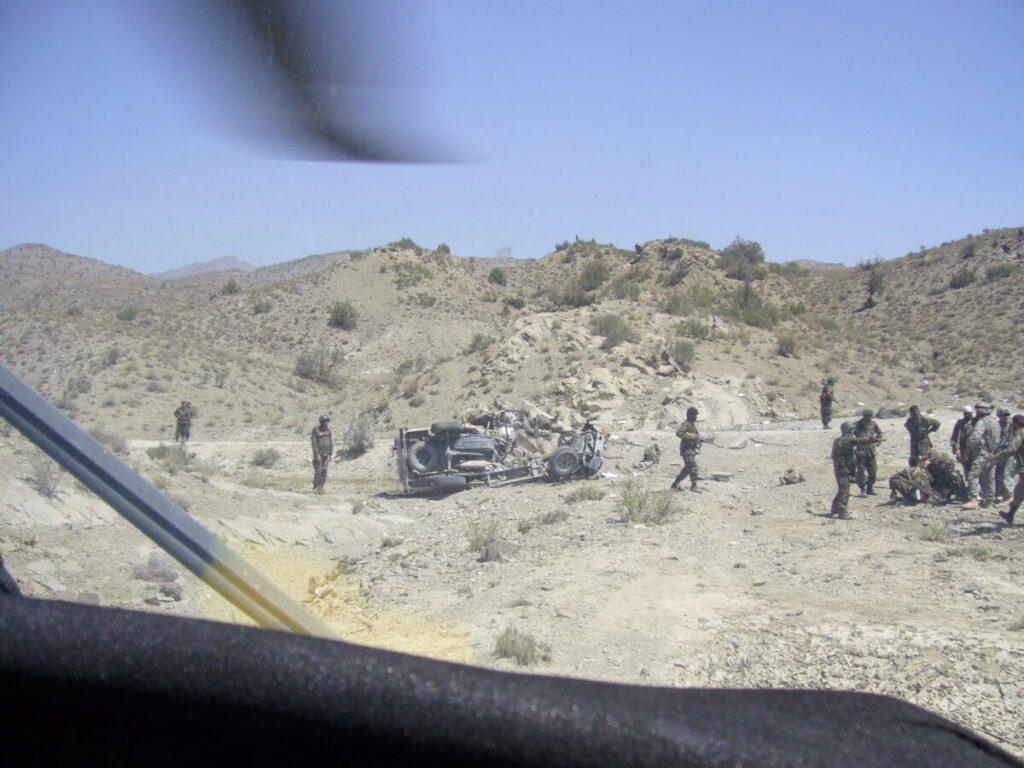
As a retired US Army Officer I have spent a good part of my adult life in the counter-insurgency business. Operationally we spent a lot of time analyzing the “Three Pillars” of counter-insurgency (often abbreviated as COIN) operations, they are, or were at one point: Security, Political and Economic. Over the course of my time spent in Afghanistan and Iraq I was mostly engaged in the Security and Economic “pillars”.

Basic terms of counter-insurgencies:
The Occupying Force: This would be the newly established, or emplaced, government.
The Insurgents: These are the people that are sympathetic to the old government or regime and are opposed to the new government. The insurgents do not have the military or economic power to reclaim control of government and therefore are only able to disrupt the operation of the new government or regime.
So with the foundations for the concept being well established I dove into the equations which are based on Lotka-Volterra equations often used to describe the interactions between two competing systems.
Here the numbers of occupiers are \begin{math}\omega(t)\end{math} and the number of insurgents are \begin{math}i(t)\end{math}. These ultimately represent the solutions for the problems. That is, what are the populations on each side of the insurgency or counter-insurgency after taking into account some influencing parameters.
eq 1:
\begin{math}\frac{di}{dt}\:=\: (a+d\omega-ei)i-Fi\omega \end{math}
Note: The interaction of \begin{math}-Fi\omega\end{math}, if this interaction is negative then the equation is modeling the Insurgent population. If the interaction sign is positive it will be modeling the Occupying Force.
where:
Recruitment of new insurgents: \begin{math}a\end{math}
Measure of the anger and motivation of the insurgents: \begin{math}d\end{math}
Actions of the Occupying Force to reduce the number of insurgents: \begin{math}F\end{math}
population of Insurgents: \begin{math}-ei\end{math}
eq 2:
\begin{math}\frac{d\omega}{dt}\:=\: r(C-\omega)i \end{math}
The second equation shows the relationship between the populations of insurgents and occupiers, specifically that the number of occupiers tends to increase as long as there is an active insurgent population, there is however a limit to the maximum size of the occupiers.
The maximum size the the occupying forces may achieve is:\begin{math}C>0\end{math}
The reaction of the occupiers to increase their force strength is: \begin{math}r\end{math}
When computed these equations seem to confirm with real world events and also seem to generally overlap with results from predator prey differential equations. Where the predator is similar to the occupying force and the prey are the insurgents.
I can see where using these equations could help drive decisions at various levels of foreign policy as well as giving ground commanders an idea of how to focus their resources in COIN operations.
References:
http://www.idea.wsu.edu/Insurgency/
https://www.math.utk.edu/~heather/231Project_Insurgencies.pdf




Leave a Reply